Your cart is currently empty!
Category: Culture
Geta – Japanese Sandals
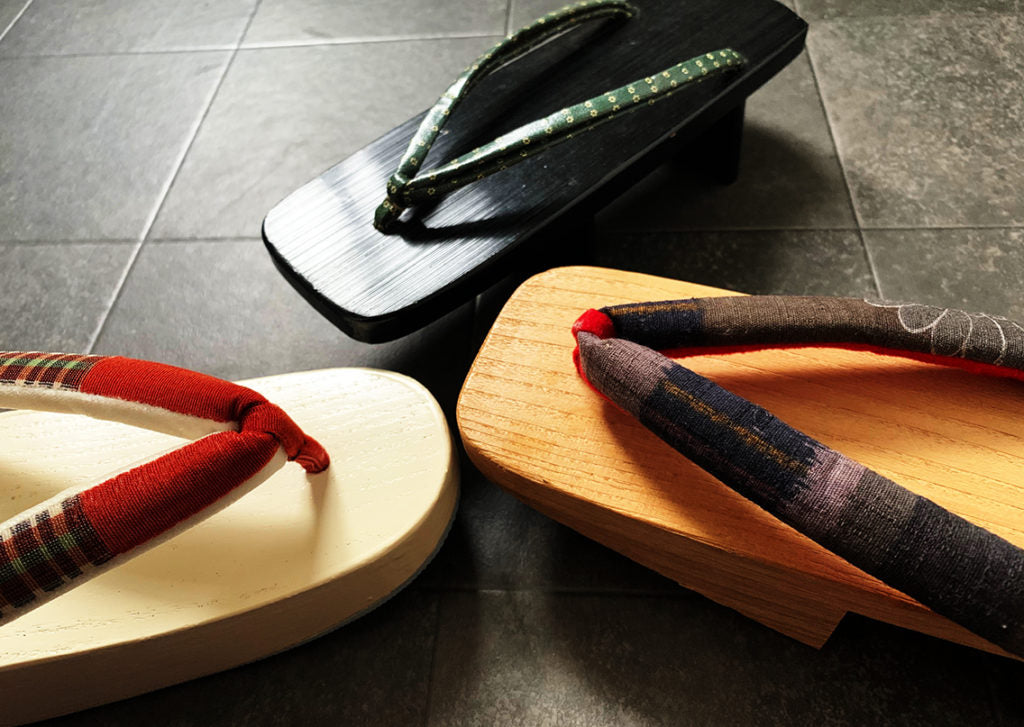
Geta are a type of traditional Japanese footwear. They help keep our lovely kimono out of the mud or snow by rising high enough when wearing them. Although Kirigeta (paulownia geta) was the main geta maker until the late 19th century, the city of Hita began making geta around this time, using very high-quality pine… Read more
Kanzashi – Beautiful Japanese Ornaments
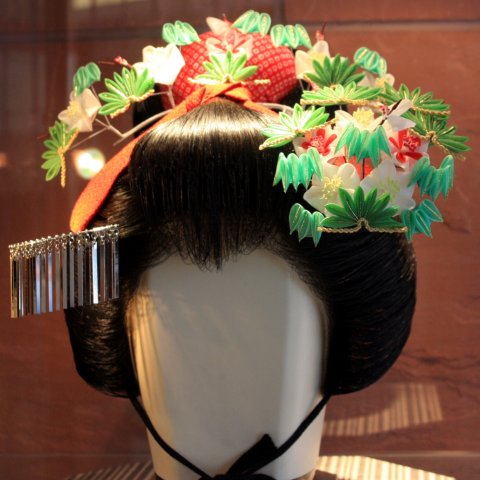
Kanzashi (簪) are hair ornaments, usually worn by women, with a rich history and tradition in Japan. In recent years they have gained popularity again and are worn by young girls in Japan. It all started in the Jomon period, between 1,400 and 300 BC, when it was believed that some of these ornaments had… Read more
Bonsai – 盆栽
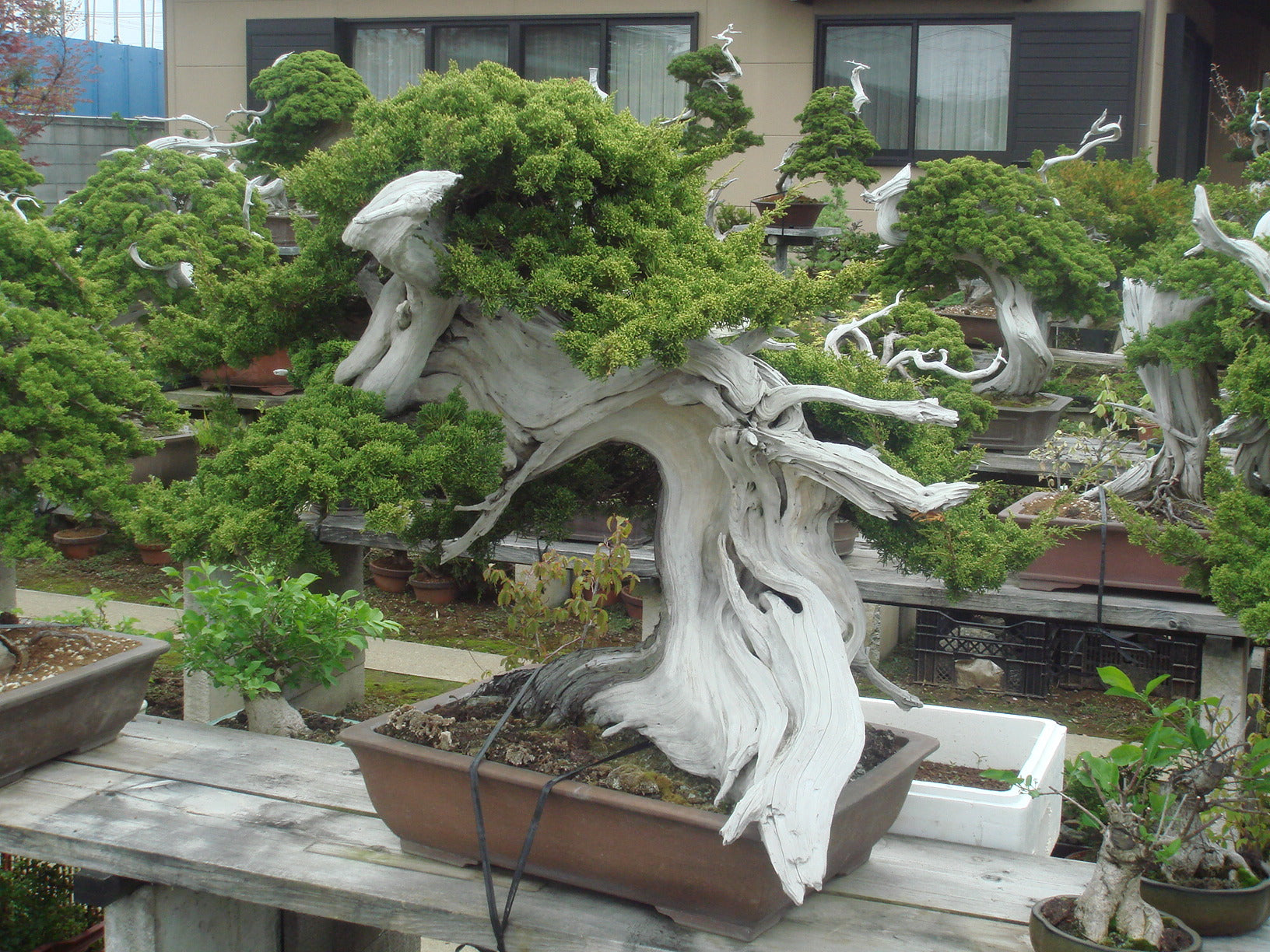
The word Bonsai comes from the Japanese bon which means “tray” + sai which means “to cultivate” and it is a technique that consists of the art of cultivating trees and plants, usually shrubs, controlling their size through techniques such as transplanting, pruning, etc. . so that it remains much smaller than life size. It… Read more
“Choju-Giga” – First manga in the history of Japan

The tradition of telling stories with a series of images in sequence has been a part of Japanese culture for a long time. This is the case of the ” Chōjū-jinbutsu-giga (鳥獣人物戯画)” which translates as “cartoons of anthropomorphic animals”, a series of very famous and somewhat mysterious scrolls of images since there are various assumptions… Read more
Temari / Japanese Embroidered Spheres

Temari (手まり), from Japanese for “hand ball”, is a handicraft from Japan that arrived from China around the 7th century. They are made of embroidered threads with very elegant colors and designs. The Temari were made with the material left over from kimono making. Pieces of silk cloth would be put into a ball, and… Read more
Mother’s Day in Japan – Haha no Hi (母の日)
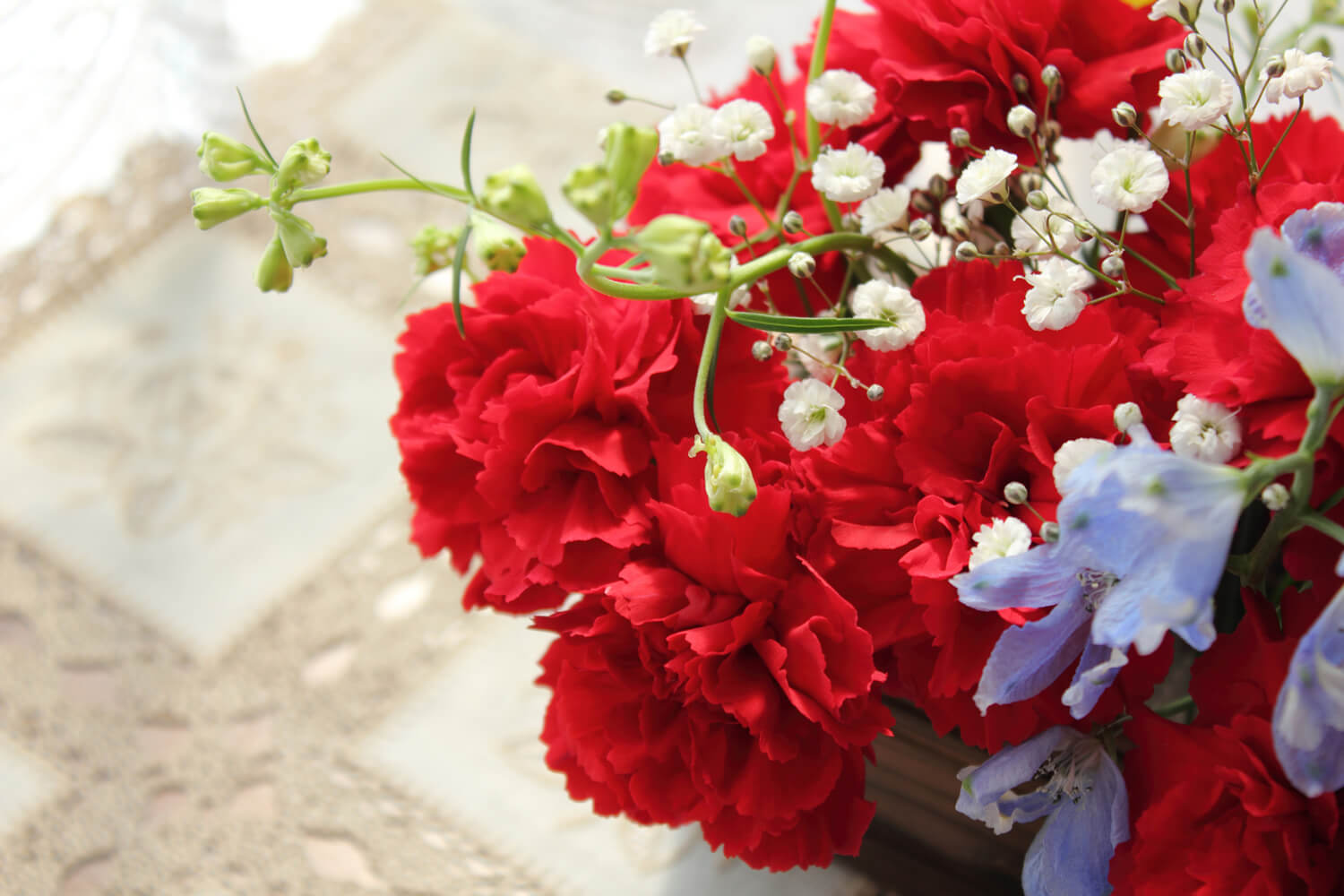
Haha no Hi (母の日), as this day is known in Japanese, is celebrated on the second Sunday of May each year. This day was chosen to celebrate it in honor of Ann Jarvis, a social activist during and after the American Civil War and who is recognized as the founder of Mother’s Day. On this… Read more
From Green to Brown: Sugitama and its Journey Through Sake
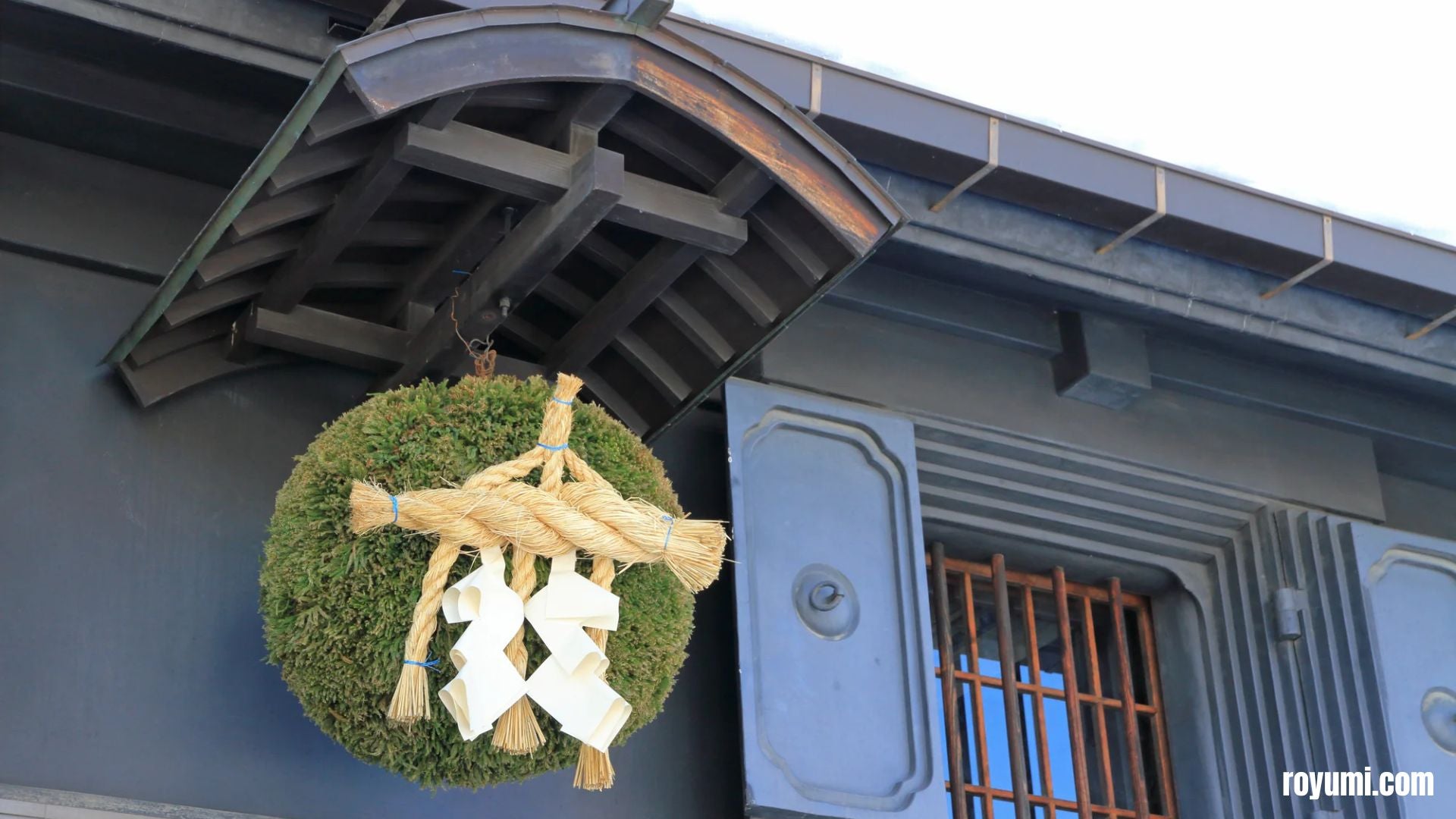
Have you seen a sphere made of cedar branches at the entrances of some buildings, such as restaurants or shops in Japan? Some people mistake it for a beehive, but it is actually the Sugitama , a traditional symbol for sake makers as it serves as a notification to future buyers that new sake has… Read more
Kaiseki – Japanese haute cuisine
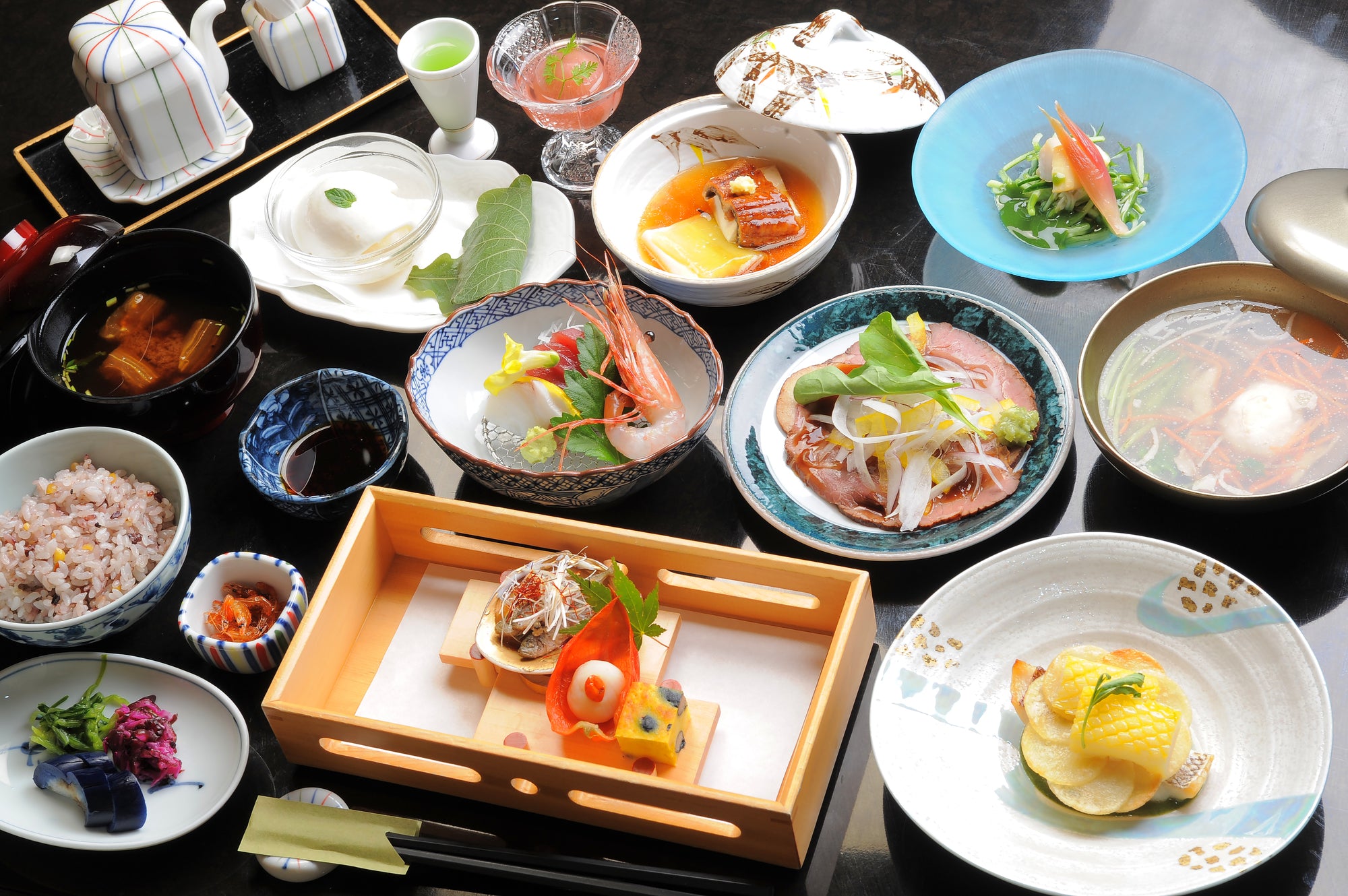
Kaiseki (会席料理) is Japanese haute cuisine and one of the most refined cuisines in the world. If you want your trip to Japan to be complete, you must experience a full-fledged kaiseki meal. This type of ” Kaiseki ” haute cuisine is said to date back to the 16th century, when Sen-no-Rikyu, a tea master,… Read more
Sake – Japan’s Liquor for two millennia

Sake has played a central role in Japanese life and culture for the past 2,000 years, as the knowledge and techniques involved in brewing have spread to all corners of the country. In fact, sake is such an integral part of the Japanese diet that having some knowledge of it can contribute to an understanding… Read more
Shoji – Sliding Paper Doors in Japan
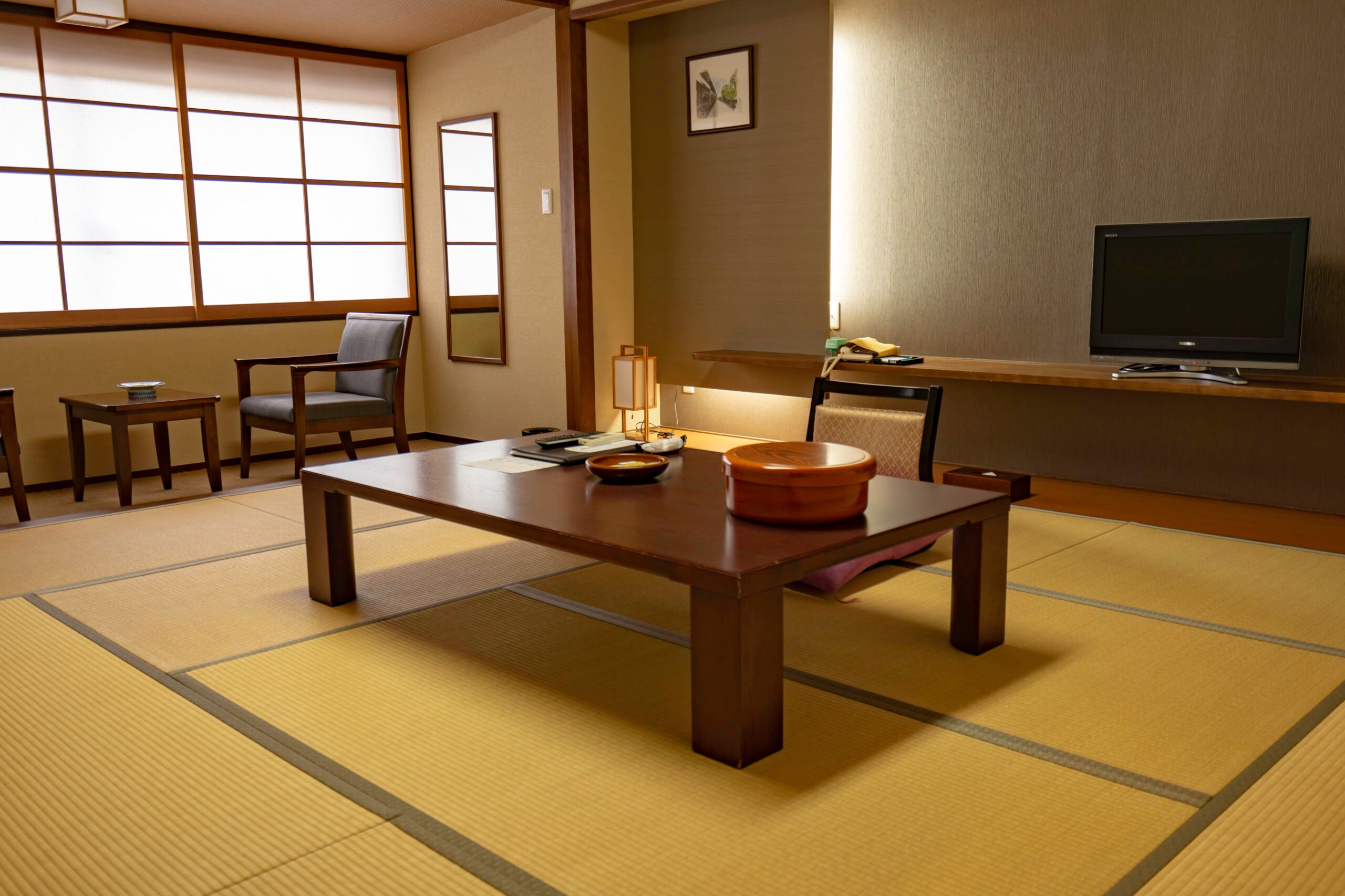
Perhaps you have seen in a movie or anime , even on your visit to Japan in a temple , these sliding doors which in Japan are called Shōji. These doors are used to divide spaces between rooms, making a space more intimate with a single movement of the doors. And on the other hand,… Read more
